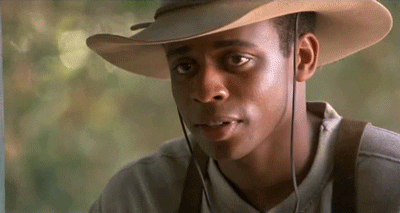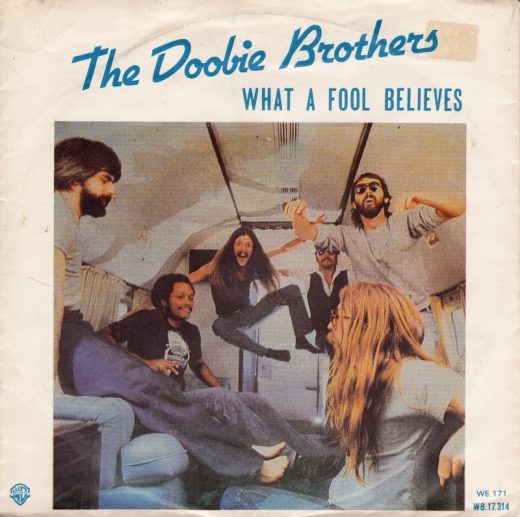
There are few people who could get hired in a management position for an NHL team and set off waves of anticipation and excitement, and the Pittsburgh Penguins just hired one of the biggest names in that group. Their new President of Hockey Operations is Kyle Dubas, the (relatively) young and promising analytics guru who was most recently let go of by the Toronto Maple Leafs after five seasons as their general manager. His departure from Toronto was naturally laden with drama, after the Leafs were finally able to escape the first round of the playoffs for the first time since 2004 but still failed to get to get into the Conference Finals. (To be fair, their defeat came at the hands of a Florida Panthers team which is playing for the Stanley Cup Finals, so it may have been jumping the gun a bit to move on from Dubas.) But, like with Phil Kessel and his trade from the Maple Leafs to the Penguins in 2015, Toronto’s loss stands to become Pittsburgh’s gain.
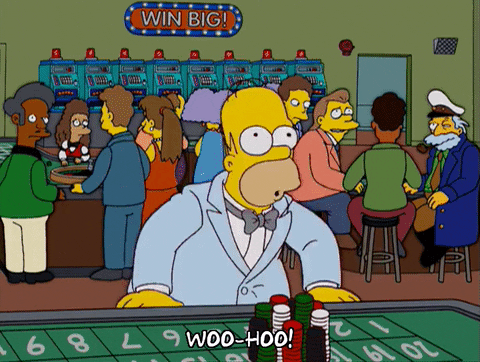
Dubas’ hiring likely marks the true start of the transition from the Crosby/Malkin/Letang era to the next one. It is probably disconcerting to know that three of the Penguins’ four oldest players are their best ones (the oldest, Jeff Carter, being one of their worst), and although the salaries of the latter two are decidedly team friendly (part of Ron Hextall’s reported hardball to try and dissuade Evgeni Malkin and Kris Letang from staying in Pittsburgh), the team is also pushing it age-wise. Letang turned 35 in April, Malkin turns 37 on July 31, then a week later Sidney Crosby turns 36. Their next-most productive player after Crosby and Malkin is Jake Guentzel, whose contract ends after this coming season when he turns 29. Then, after Rickard Rakell (who just turned 29 in May) it’s Jason Zucker (31 years old and a free agent) and Bryan Rust at 30 years old. Long story short, the most productive Penguins are mostly guys heading towards the end of their primes; it is fortunate that both Crosby and Malkin were still point-per-game players this past season, but the other shoe will invariably drop sometime soon.
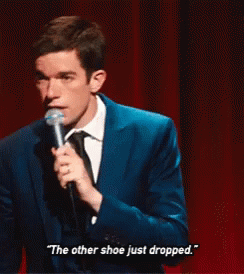
Pittsburgh had the oldest team on average in the NHL this past season, one-tenth of a year older than the next team (Washington) and more than a full year older than the team after that (Tampa Bay). Perhaps more relevantly the Penguins were two-plus years older than the Stanley Cup Finalists, Florida and Vegas. It’s not that old teams are necessarily dead in the water when it comes to competing for the Cup, but the wear and tear that comes with playing an 82 game regular season followed the typically more challenging postseason can hamper teams that rely on their aging players for their production. And then you have the natural fact that aging players decline in ability and production, sometimes precipitously, and when you stack those problems up against younger teams that figure to be improving year-over-year, an older team typically won’t succeed where a younger team will.
Part of the problem is that the Penguins’ last two general managers, Jim Rutherford and Ron Hextall, were not heavily focused on making the team younger. To his credit, Rutherford was able to raise some talented players from the draft picks he made in later rounds (most notably Guentzel and Rust), but he was constantly dealing first round picks in trades that ended up do the team more of a disservice than they should have, particularly after Pittsburgh’s back-to-back Cups in 2016 and 2017. Eventually Rutherford let the Wilkes-Barre/Scranton Penguins languish, something his predecessor did nothing to fix. As for Hextall, if the reports are to be believed, he was more interested in a rebuild rather than a retool, but that direction was supposedly at odds with the veterans, the head coach, and the rest of the front office, thus he wasn’t able to successfully blow up the team and instead put it on course for mediocrity. Both GMs have left the franchise in a tough spot, between the aging core, the uncertain goaltending situation, the perennially shallow depth, the very weak prospect pool, and the salary cap situation which could be worse but is still not great. In Dubas’ press conference yesterday, he acknowledged that the team will start preparing for the future beyond that of the core trio.
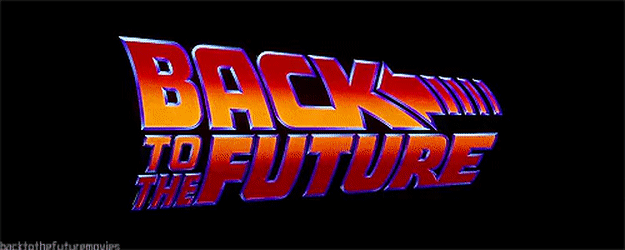
Kyle Dubas has his work cut out for him. The Penguins’ current situation is pretty much the opposite of what Toronto’s was in 2018 when their best players were mostly their youngest ones, they had a definite #1 goaltender, their depth was okay but their prospect pool was looking very positive, and their cap situation was fine. Dubas will be tasked with turning Pittsburgh around and finding a way to get them into the serious Stanley Cup discussion before the core three retire, which may start as soon as 2026 when Evgeni Malkin’s contract ends. Near term that includes sorting out primarily the goaltending situation with Tristan Jarry becoming a free agent on July 1, but also rebuilding the bottom six forwards into something that will be productive more regularly than it has been. He would also do well to fix what’s going on with the Baby Pens, as it is considerably cheaper to improve your team with home-grown prospects than it is to buy them or trade for them. The rest – the aging core and the salary cap – are the things to work around. The good news is that Dubas’ background in analytics should allow him to make savvier moves than Rutherford or Hextall would ever have done.
